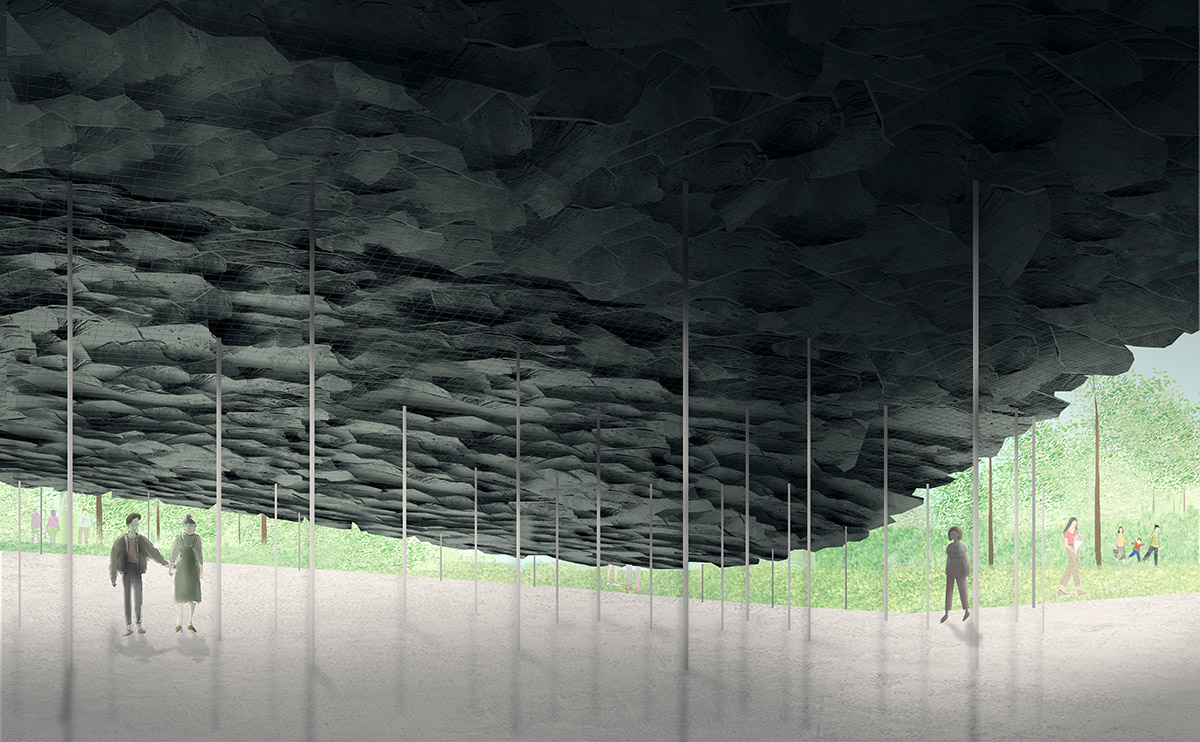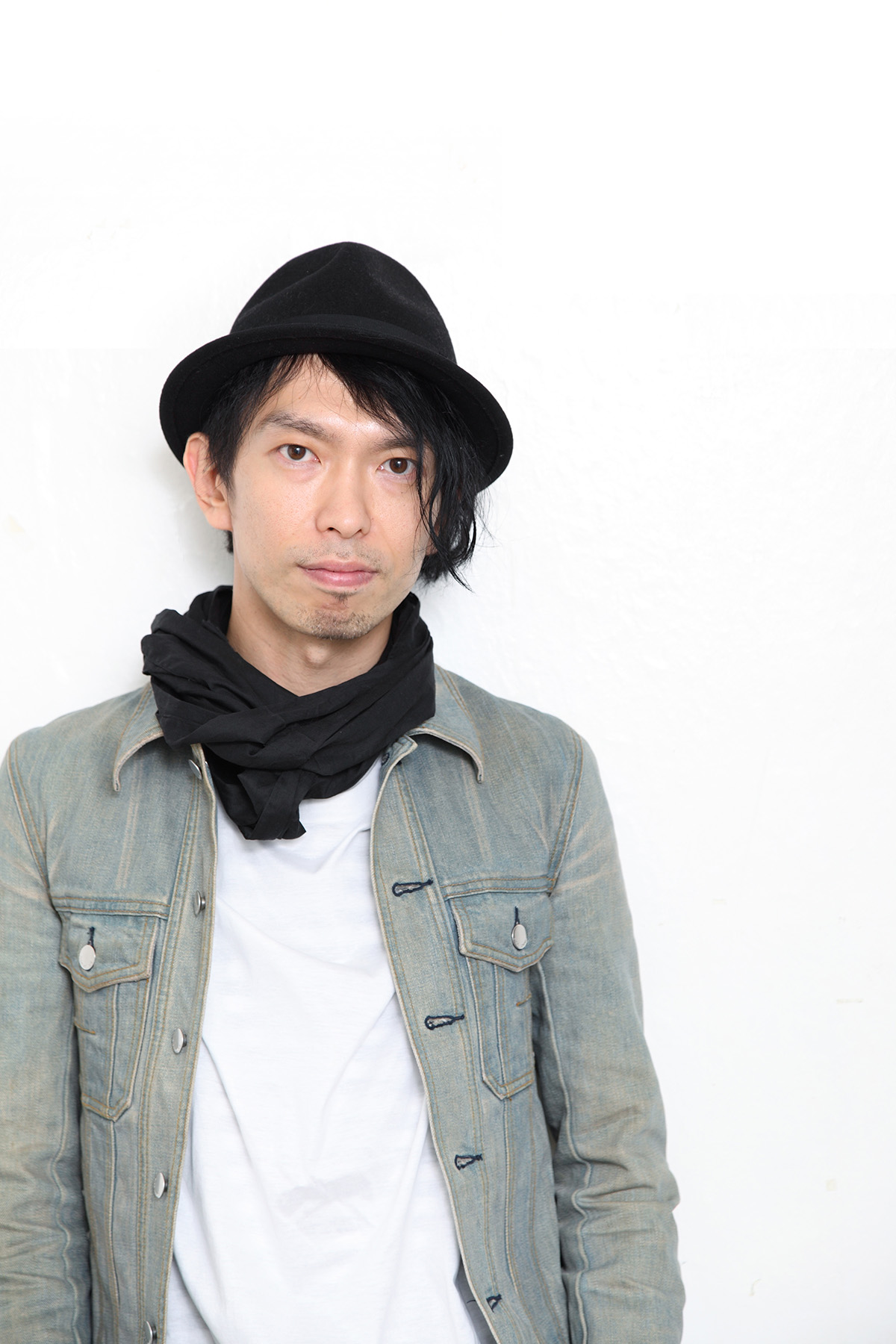Submitted by WA Contents
Serpentine Pavilion designer Junya Ishigami is under fire due to "unpaid internship" positions
Japan Architecture News - Mar 27, 2019 - 02:13 13913 views

Serpentine Pavilion designer Junya Ishigami and the Serpentine Pavilion have faced with strong criticism after Junya Ishigami + Associates' announced "unpaid internship" positions for its office.
The news emerged after designer Adam Nathaniel Furman first applied to Junya Ishigami + Associates as an intern position and received a response that shows Junya Ishigami's offers an "unpaid internship" sent via an email to Furman.

Junya Ishigami by Tasuko Amada. Image © Junya Ishigami + Associates
After Furman published the office's response on his Instagram account, the Architect's Journal wrote an article on this issue to delve into the case in details, also to clarify the situation from the Serpentine Pavilion's side. The email was explaining all the conditions for whom want to work at Junya Ishigami + Associates' Tokyo office:
The email said: "The internship is un-paid," as the first condition. "Interns are required to use their own software and computer equipment," it added.
And the email continued: "working hours in the office is from Mon-Sat, 11 am to midnight." It also added: "We are unable to help with visas, so entry into Japan should be obtained independently."
"The maximum we can provide is one invitation/confirmation letter of your internship. Please respect that. "If these conditions are acceptable to you, please forward and official letter, CV and portfolio (pdf) for our review."

Ishigami's proposal for Serpentine Pavilion 2019, Design Render. Exterior View. Image © Junya Ishigami + Associates
The office's behavior has highly been criticised by the media and architects to show as this situation is still common in Japan and still causes the "exploitation of students" over free labour.
After the response dropped to Furman's email, he told the Architect's Journal that he decided not to apply for the internship position at Junya Ishigami + Associates.
"I considered the internship for a second, but then later I just realised how ridiculous the terms are. I can’t afford to do that, considering that Tokyo is not at all a cheap place to live," Furman added, reported by the Architect's Journal.
After this controversial news, the eyes were turned into the Serpentine Pavilion. The Serpentine Pavilion said it was not aware the practice offering unpaid interns, and they said it had contacted the architect to ‘rectify the situation’, according to the Architect's Journal.
Regarding this issue, RIBA President Ben Derbyshire said over his Twitter account today: "We forbid unpaid internships amongst members RIBA and campaign hard against it elsewhere. I shall raise a requirement for International fellows and Awards at Council tomorrow. Further suggestions welcomed."
 Serpentine Pavilion designed by Sou Fujimoto in 2013. Image © Iwan Baan
Serpentine Pavilion designed by Sou Fujimoto in 2013. Image © Iwan Baan
It is not the first time the Serpentine architect was criticised over unpaid internships in Japan. In 2013 when Japanese architect Sou Fujimoto designed the Serpentine Pavilion, the architect had defended his practice, by stating that "unpaid internship" is a "nice opportunity" for both the employer and intern," told Dezeen.
"In Japan we have a long history of interns and usually the students work for free for several periods. It’s a nice opportunity for both of us: [for the employer] to know younger generations and for them to know how architects in Japan or different countries are working," explained the architect in Dezeen.
Japanese architect Junya Ishigami is the designer of the 2019 Serpentine Pavilion, which will be installed in Kensington Gardens, London between 20 June and 6 October 2019.
Designer Adam Nathaniel Furman also launched a campaign over a hashtag #archislavery to invite architects and designers to share their experiences for unpaid internships and make reveal the issue for international architecture offices.
Serpentine Pavilion 2019, Design Render, Interior View, © Junya Ishigami + Associates
> via The Architect's Journal
